Solutions
Miami Farmers Market Helps Fight Climate Pollution With Affordable Produce
Climate•6 min read
Perspective
Palm oil has revolutionized the way we produce a variety of foods and cosmetics. But most people are unaware of how destructive this "magical ingredient" is to the natural environment.
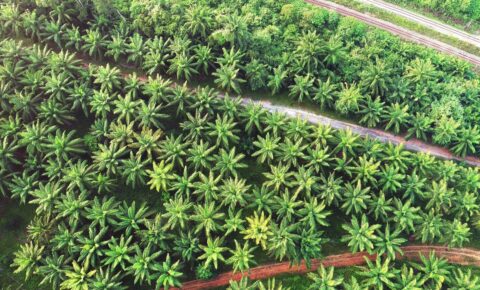

Words by Alaine Johnson
The Centre for Orangutan Protection (COP) has a small trailer-turned-office-space beside rice paddies outside of Yogyakarta, Indonesia, on the island of Java. After three hours of intensively interviewing Paulinus Kristianto, an indigenous Dayak and a habitat campaigner with the COP, I realized that the sun was long gone. My scheduled one-hour interview with him stretched into the night as he told me about the effects of palm oil production on wildlife conservation in Indonesia. “If you work with the palm oil companies, you’re also responsible for killing the orangutan,” he said. “I see the baby orangutans’ eyes and I feel sad. If I take this money [from the palm oil companies], I’m killing their mothers.” A heavy mood settles. Then he adds, “I’m not anti-palm oil. I still eat it; it’s in everything. We still need it in Kalimantan [Indonesia].” Before I can respond, Kristianto says, “Palm oil is not bad if you put it in the right place with the right permit.” That’s a major “if” for one of the largest contributors to deforestation and biodiversity loss in the world.
Palm oil is an environmental curse masquerading as a magical ingredient. It has revolutionized the way we produce and consume. The properties of this edible vegetable oil make lipstick creamy and prevent ice cream from melting too quickly. It keeps processed foods like chips crispy and makes detergents and shampoos foam. Palm oil has oozed its way into photographic film, pharmaceutical drugs, and even dynamite. The unparalleled efficiency of palm oil is the reason that it’s omnipresent in consumer products. Compared to other oil-producing crops, palm oil requires 10 times less land; yields five to eight times more oil than rapeseed, sunflowers, and soybeans; and grows well in soils unsuitable for most other crops. Palm oil creates a catch-22: it is a versatile, cheap miracle product, but the attendant deforestation is ravaging natural environments and destroying the homes of millions of animals and indigenous people.
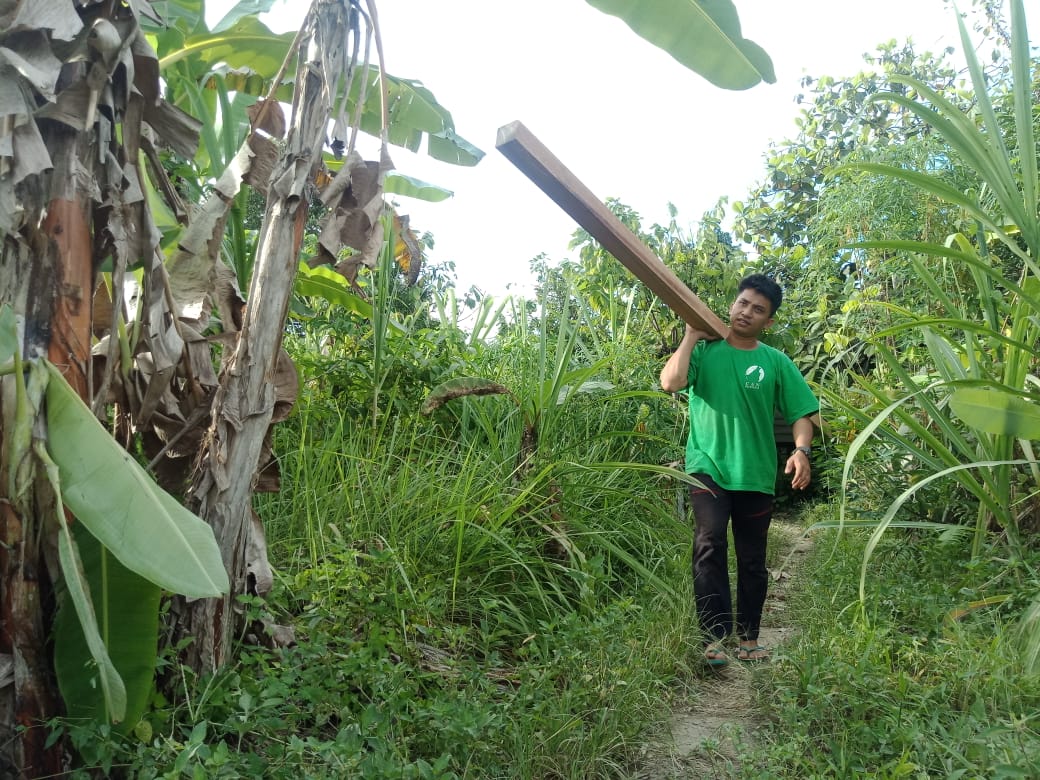
Palm oil is ubiquitous, yet its impacts are veiled. Few of us know that we’re frequently buying it, and even fewer understand why it’s so indispensable yet damaging. Palm oil is still a relatively new addition to manufacturing processes but has already become essential to daily life. Akin to plastic, palm oil is as vital to the global economy as it is to our household groceries. Transformative, universal, and essential inventions like plastic and palm oil have gone from blessings to worldwide addictions.
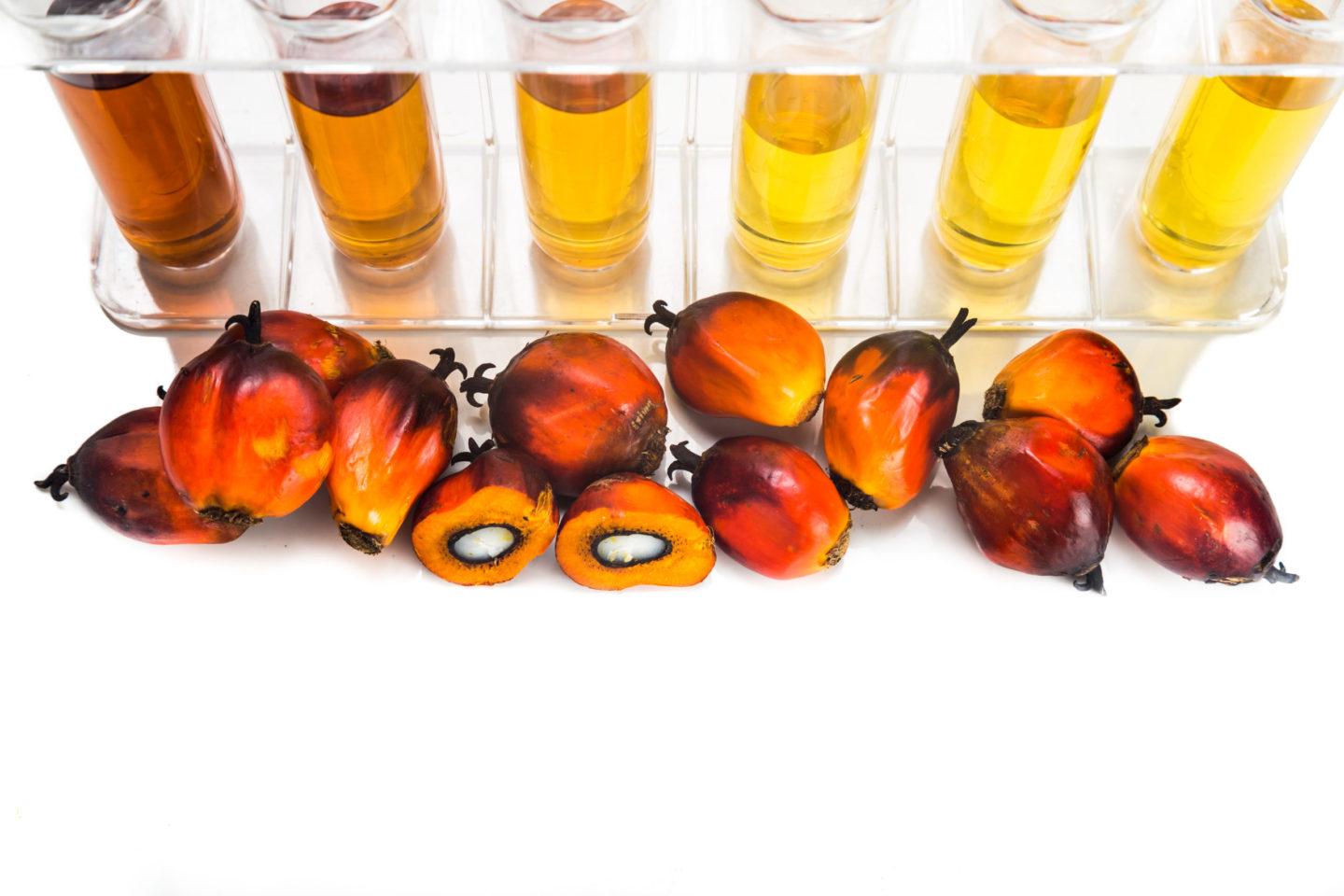
Existing cultures of consumption make the palm oil industry thrive, which in turn drives new consumption. While developed nations’ demand for the crop is responsible for the razing of rainforests and the destruction of forest life, palm oil accelerates economic development in the most isolated places. In Indonesia and Malaysia, the profits from palm oil are paying to pave roads, improve telecommunications infrastructure, and build schools and hospitals. Rural employment is increasing and poverty is declining. Indigenous Dayaks in Borneo are compelled to leave behind their forest homes for more lucrative opportunities on palm oil plantations. In Sabah, the impact of palm oil-financed development is as distinct as two sides of a river. I visited a village split on two river banks according to who accepted money from a major palm oil company. On one side is a town with paved roads, spacious concrete homes, running water, and electricity; on the other, just a short boat ride away, none of the roads in the village are paved, and running water is not available. The people who refuse to support the palm oil companies continue to live in traditional wooden longhouses, vulnerable to fire and the elements. The power of palm oil worldwide is as glaring as it is unavoidable; the average consumption per person across the globe is as much as 20 pounds. Even the most dogged conservationists, like Kristianto, will not tout themselves as fully anti-palm oil because the commodity is inextricably woven into Indonesian culture—as much, if not more so, than in the cultures of unaware Western consumers.
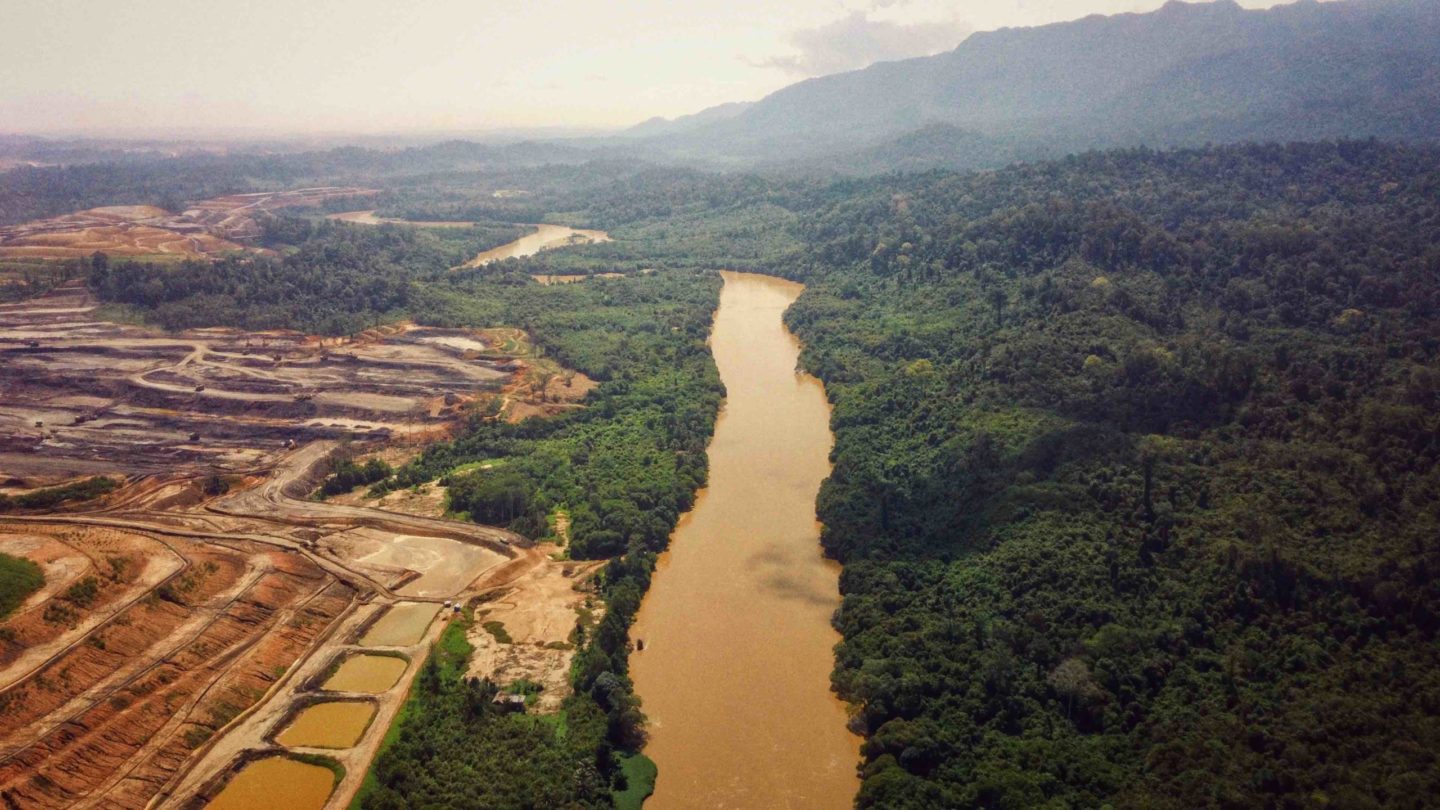
Despite its importance to the global economy and omnipresence in consumer products, most of us have nothing by which to visualize palm oil, save for far-off images of deforestation, and homeless orangutans. Southeast Asia is home to the greatest number of biodiversity hotspots in the world, and also produces the majority of the world’s palm oil; 85 percent of palm oil originates from in Malaysia and Indonesia. A 2015 study found that palm oil plantations, in comparison with native forests, have 34.9 percent less diversity of fauna and 79.6 percent less diversity of flora. According to the World Wildlife Fund, the equivalent of 300 football fields of rainforest are cleared hourly in Southeast Asia for palm oil. Deforestation and hunting-related to palm oil production killed nearly 150,000 Bornean orangutans between 1999 and 2015. Palm oil monocultures are rapidly replacing forest ecosystems, partly because all those who depend on the native forests—orangutans, elephants, and also the indigenous Dayaks, like Kristianto—are less economically valuable than the land upon which they reside.
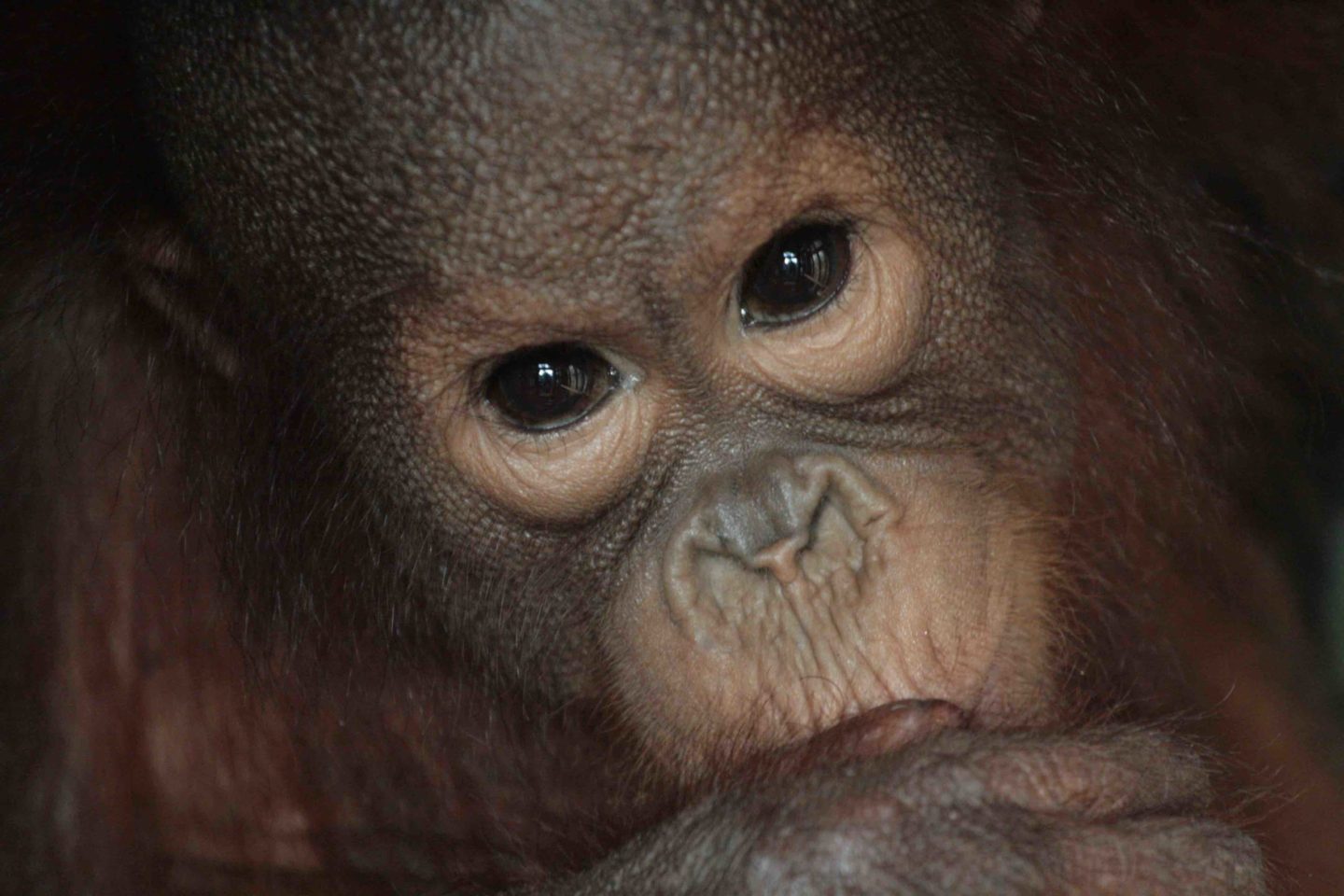
Oil palms originated in Africa and were brought to Southeast Asia by the British in the early 20th century—making palm oil trees technically an invasive species. Humans began using oil palms as early as 5,000 years ago, without causing habitat destruction. Around 3,000 B.C., Arab traders began selling palm oil from West Africa to buyers in Egypt. European travelers’ written records from the mid-15th century documented palm oil as a source of food in West Africa; soon thereafter, red palm oil became common within the larger trade networks in the region (including the Atlantic slave trade).
The British industrial revolution in the 18th century propelled demand for manufactured goods, both in Britain and abroad, resulting in the establishment of European palm oil plantations in Central Africa and Southeast Asia. Tenera palm oil (Elaeis guineensis), developed in Germany in 1902, is the high-yielding varietal still grown today by large-scale plantations. Since leaving its native African soils, the palm oil tree has come to dominate and flourish in tropical climates spanning continents. Rampant deforestation for palm oil, mining, and other ecologically exploitative activities in Southeast Asia went unchecked for so long throughout the 1980s and ‘90s that the Roundtable on Sustainable Palm Oil (RSPO) was formed, in 2004, to revamp the way that the commodity is grown in the region. In 2018, over 100 organizations from five continents released a statement blatantly declaring that the RSPO had failed to achieve any of its goals. The RSPO was instead co-opted by palm oil companies seeking to “greenwash” their destructive practices.
Palm oil is not directly an animal by-product, but the images of habitat loss and suffering orangutans that continually emerge raise the compelling question of whether or not palm oil is vegan. The production of palm oil, despite it being a natural vegetable oil, contributes directly to the devastation of swaths of animal habitat and the loss of animal life. Palm oil production is far from cruelty-free. Orangutans are considered agricultural pests on palm oil farms, incentivizing bounties of USD $100 for villagers and workers to kill the animals in and around plantations; the killers present orangutan limbs as evidence of the completed murders. In developed countries, “responsible” consumers criticize deforestation without understanding that nearly all of our groceries, and the development of entire countries, are causing forests to burn and orangutans to die. Accounting for broad-based biodiversity loss and debilitating air pollution from the slash-and-burn fires, the damage to the biosphere is even greater. Endangered pygmy elephants, Sumatran rhinos, and thousands of other species, like insects—all critical to forest ecosystems—are also being extinguished. Palm oil producers have deforested an estimated 47 percent of Borneo since 2000. The costs to animals and the forests in which they live are not reflected in what consumers pay for palm oil.
Even Kristianto believes that the palm oil industry could operate more sustainably if placed under meaningful government controls and restricted from relentlessly opening new plantations. Government regulation—namely, the lack thereof—is as much a part of the problem as is consumer demand. The Indonesian and Malaysian governments, after achieving independence from the Dutch and the British, and to encourage economic development, implemented policies to intentionally position themselves as the world’s leading palm oil producers. Palm oil is Indonesia’s top export and accounts for 13.7 percent of Malaysia’s gross national income.
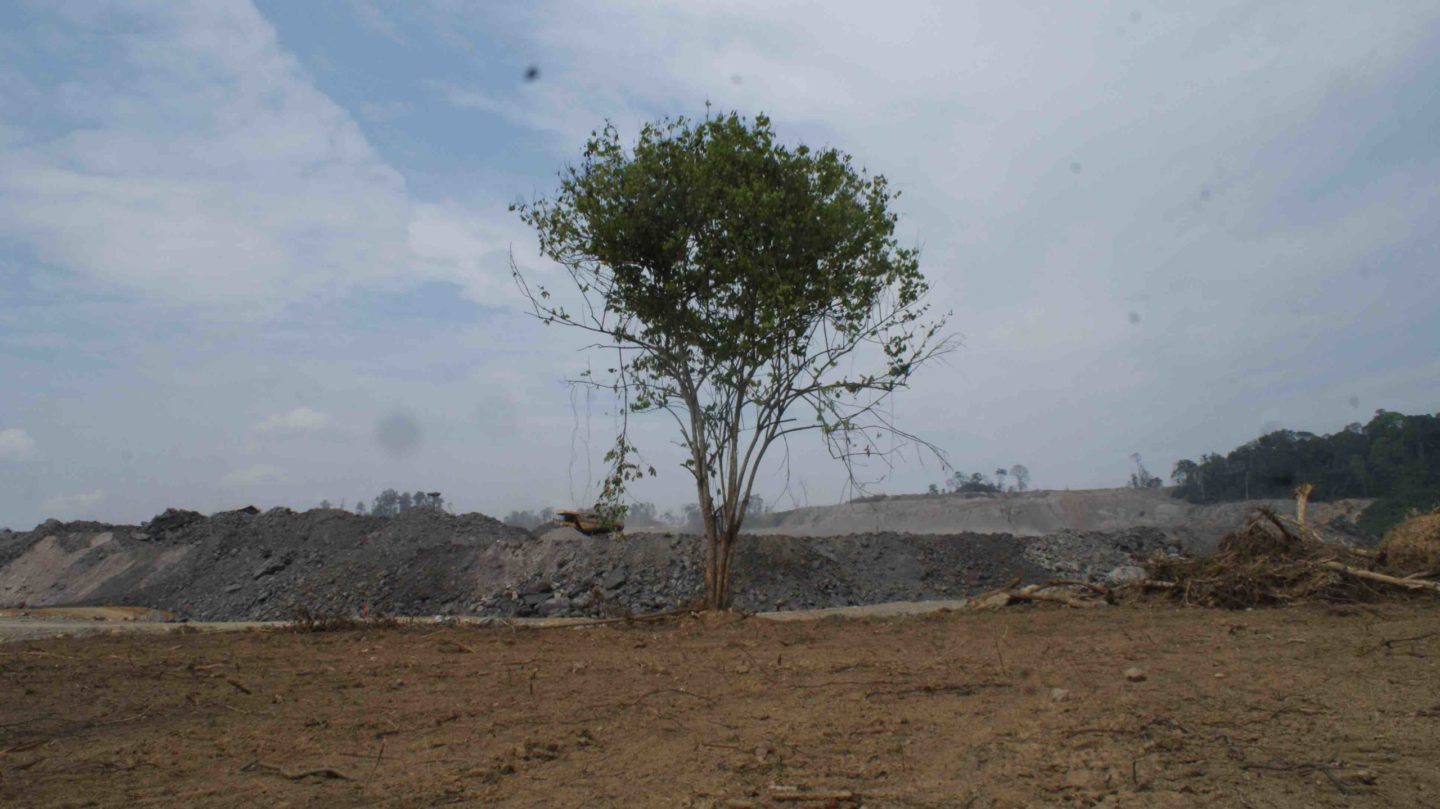
Abetnego Tarigan, former executive director of the Indonesian Forum for the Environment and a senior adviser to the Indonesian President, has a unique perspective on the Indonesian government’s stake in palm oil. According to Tarigan, the federal government has placed a moratorium on new plantation permits, to encourage palm oil producers to focus on regenerative agricultural practices to expand production, rather than destroy virgin forest. “The strategy to maintain the position of Indonesia in the palm oil sector is to improve productivity, so the moratorium is actually a way to improve the palm oil sector by increasing productivity,” he says. Tarigan agrees that the federal government’s moratorium on new plantations by itself is not enough to curb palm-oil-driven deforestation, and agrees that stricter reviews of palm oil development permits are crucially needed. He concedes that “it’s public knowledge that many permits are released to bribery without the support of an environmental impact assessment or disaster risk.” Despite the federal government’s moratorium, the existing permits already in circulation are still valid and still being used to open new plantations. Wildlife conservation is less of a priority for developing countries, especially those that rely heavily on the economic growth of one of the most profitable agricultural commodities in the world.
Palm oil was just as much of a problem five or 15 years ago; what’s different now is that its glaring unsustainability is no longer masked by ostensibly “sustainable” labeling or the greenwashing efforts of the RSPO. Awareness of the frenetic deforestation and resulting habitat loss is causing some companies, nonprofit organizations, and governments to react. In 2018, Iceland Foods released a bold advertisement drawing attention to the outsized loss of orangutan life—25 orangutans killed per day—from palm oil production. Many local NGOs work tirelessly in Borneo; during my time in Indonesia, I met with people from Conservation Action Network (CAN) Borneo, the Centre for Orangutan Protection, and the Borneo Orangutan Survival Foundation. Everyone with whom I spoke was always eager to share with me their efforts and passions for wildlife, reforestation, and activism.
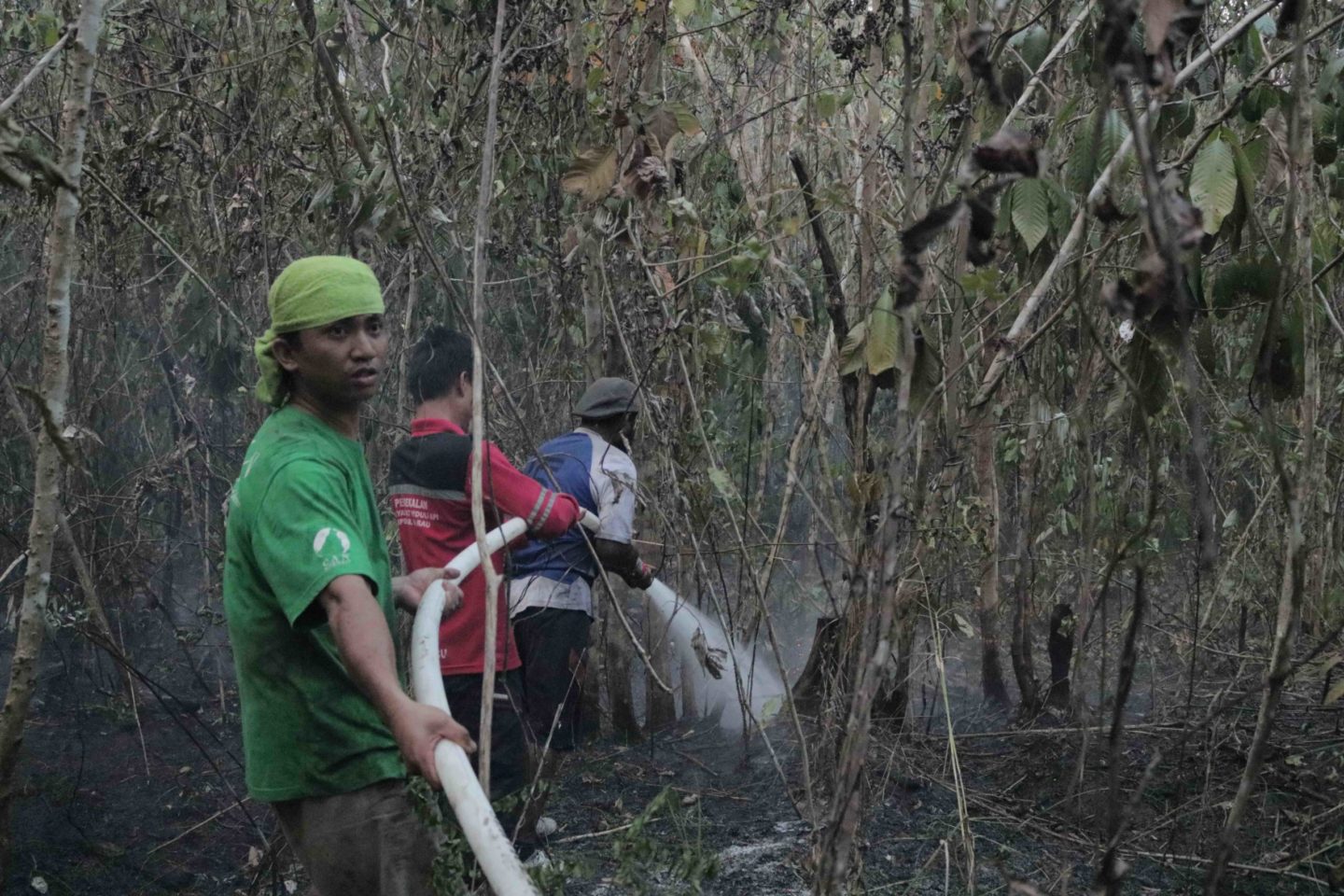
Despite the lip service by many given to “sustainable” palm oil production, in the form of numerous conferences and summits and the creation of international organizations, the goal of achieving a truly sustainable form of palm oil remains out of reach. Palm oil continues to be a leading driver of deforestation and habitat loss. As long as wildlife sanctuaries are struggling to house wild animals or find sufficient habitat to release them, conservation of the affected wildlife is not succeeding, either. Without a paradigm shift, palm oil, as it stands, is a global necessity that is causing widespread destruction. Increasing awareness and advocacy is a first step toward a shift to producing palm oil in a sustainable manner. Achieving a long-term paradigm shift means drastically reducing our dependence on palm oil by consuming far fewer palm-oil-laden products than we currently do.
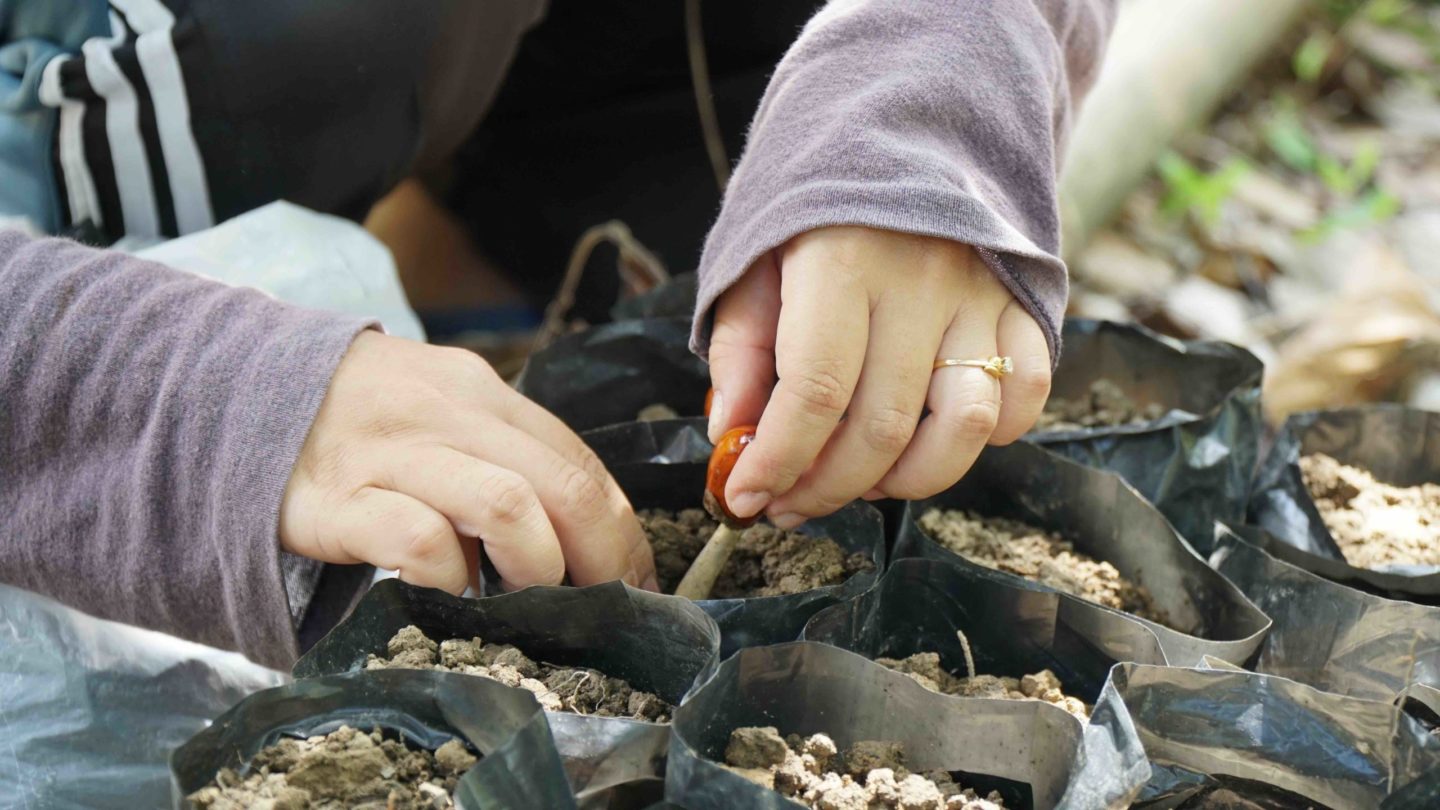
While palm oil may still feel like an out-of-sight, out-of-mind issue for many in the Global North, it is an issue of planetary health as much as the Great Pacific Garbage Patch and the climate crisis. Palm oil is deeply intertwined with cultures of consumption, and is likewise responsible for intensive emissions of greenhouse gases, due to the prevalence of slash-and-burn clearing practices. Burning forests in Southeast Asia sacrifices the region’s teeming biodiversity; makes irrelevant the biocultural diversity of indigenous peoples; knocks a delicate ecology permanently out of balance; and causes untold animal suffering—all to support modern humans’ uniquely destructive lifestyles. None of these losses is precisely quantifiable. Extinct species will never return. Demolished ecosystems do not simply restore themselves, not for us, or even for our children or grandchildren. The debate about palm oil being vegan raises ethical implications beyond just environmental concerns, emphasizing just how many animals suffer and die for palm oil. Palm oil may seem like a silver bullet to sustain the lifestyles of consumerism that many covet, yet it comes at a great cost. Humans’ ever-increasing demands for palm oil recklessly put living beings in mortal danger and result in the destruction of far too much of the planet.